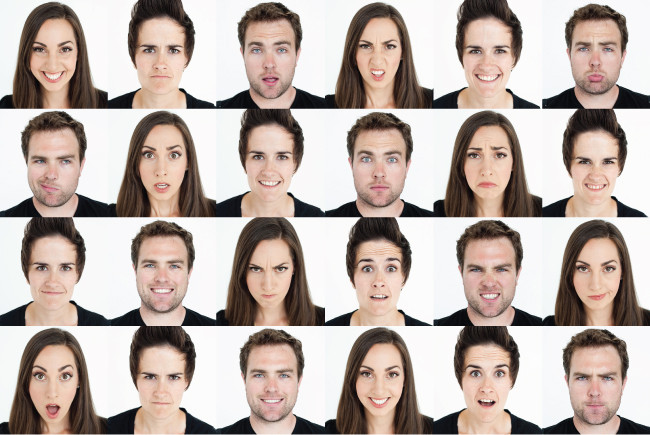Muscles And Nerve Innervation Of Facial Expression

This short quiz includes muscles and innervation of facial expression and is designed to aide in the development and training of physical therapists assistants in training. All answers that are fill in the blank should be typed in lowercase.
Questions and Answers
- 1.
This muscle elevates the eyebrows and wrinkles the forehead (Facial Nerve VII):
Explanation
The muscle that elevates the eyebrows and wrinkles the forehead is called the frontalis. It is innervated by the Facial Nerve VII. This muscle is responsible for various facial expressions, such as surprise or concern, by raising the eyebrows and creating wrinkles on the forehead.Rate this question:
- 2.
This muscle assists the frontalis muscles wrinkling the forehead (Facial Nerve VII):
Explanation
The occipitalis muscle is responsible for assisting the frontalis muscle in wrinkling the forehead. The occipitalis muscle is located at the back of the head and is connected to the frontalis muscle through a fibrous tissue called the galea aponeurotica. When the occipitalis muscle contracts, it helps to pull the galea aponeurotica, which in turn causes the frontalis muscle to contract and create wrinkles on the forehead. This muscle is innervated by the Facial Nerve VII.Rate this question:
- 3.
A sphincter muscle that closes the eyelid (Facial Nerve VII):
Explanation
The orbicularis oculi is a sphincter muscle that is responsible for closing the eyelid. It is innervated by the Facial Nerve VII. When this muscle contracts, it causes the eyelid to close, protecting the eye from external stimuli such as dust or bright light.Rate this question:
- 4.
This muscle draws the angle of the mouth up & back, "laughing"(Facial Nerve VII):
Explanation
The zygomaticus major muscle is responsible for drawing the angle of the mouth up and back, which is commonly associated with the action of laughing. This muscle is innervated by the Facial Nerve VII.Rate this question:
- 5.
This muscle closes the lips and can also protrude the lips (Facial nerve VII):
Explanation
The orbicularis oris muscle is responsible for closing the lips and also has the ability to protrude the lips. It is controlled by the facial nerve VII.Rate this question:
- 6.
This muscle presses the cheek against the teeth (facial nerve VII):
Explanation
The buccinator muscle is responsible for pressing the cheek against the teeth. It is innervated by the facial nerve VII. This muscle helps in actions such as blowing, sucking, and chewing. It also plays a role in keeping food in the oral cavity while eating and prevents it from getting stuck between the teeth and cheek.Rate this question:
- 7.
This muscle draws the lower lip & corner of the mouth inferiolaterally (Facial Nerve VII):
Explanation
The platysma muscle is responsible for drawing the lower lip and corner of the mouth inferiolaterally. It is innervated by the Facial Nerve VII.Rate this question:
- 8.
This muscle works in conjunction with the platysma in that in assists in depressing the lower lip (Facial Nerve VII):
Explanation
The depressor labii inferioris is a muscle that works together with the platysma to depress the lower lip. It is innervated by the Facial Nerve VII.Rate this question:
- 9.
This muscle raises the upper eyelid (Oculomotor III):
Explanation
The muscle that raises the upper eyelid is called the levator palpebrae superioris. This muscle is innervated by the oculomotor nerve (cranial nerve III). When this muscle contracts, it lifts the upper eyelid, allowing for better vision and opening of the eye.Rate this question:
- 10.
This muscle raises and protrudes the upper lip (Facial VII):
Explanation
The muscle that raises and protrudes the upper lip is called the levator labii superioris. This muscle is part of the facial VII nerve, which controls the muscles of facial expression. When this muscle contracts, it lifts the upper lip, creating a smiling or snarling expression.Rate this question:
Quiz Review Timeline +
Our quizzes are rigorously reviewed, monitored and continuously updated by our expert board to maintain accuracy, relevance, and timeliness.
-
Current Version
-
Mar 21, 2023Quiz Edited by
ProProfs Editorial Team -
May 22, 2010Quiz Created by
Huffinestim


